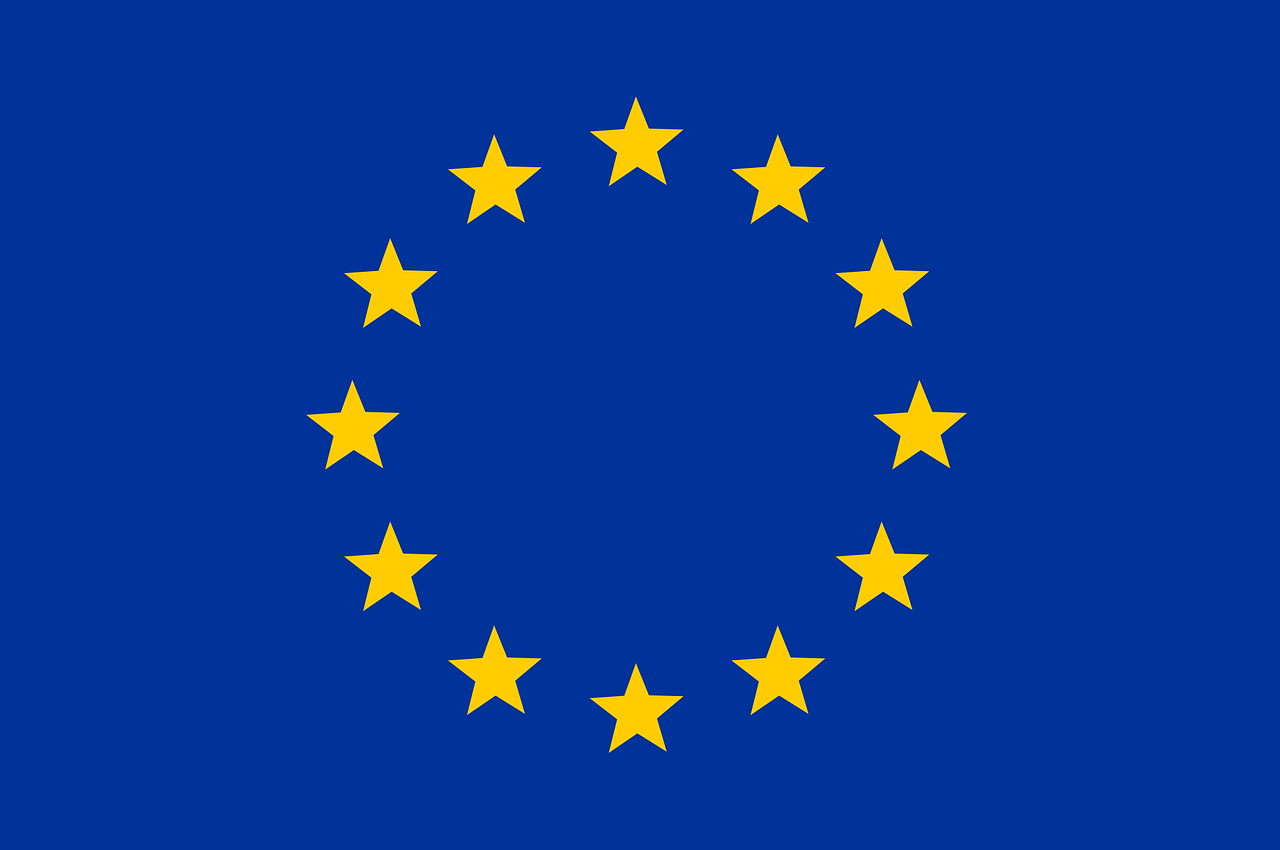
403
Sorry!!
Error! We're sorry, but the page you were looking for doesn't exist.
EU Reach Forty Years of Schengen Agreement
(MENAFN) As the European Union commemorates four decades since the inception of the Schengen Agreement, it is encountering rising criticism regarding the increasing reinstatement of internal frontiers among Schengen nations — sparking debates about the sustainability of unrestricted movement across the region.
On Thursday, the EU Council endorsed a statement that reiterates its allegiance to the Schengen Zone and emphasizes its significance in fostering European unity and collaboration.
This statement underscores the EU’s resolve to uphold a shared travel area free of internal border controls, while also reinforcing oversight of external boundaries and improving strategies to tackle unauthorized immigration.
The Schengen Zone, which permits over 400 million individuals to move freely without internal checkpoints, was initiated on June 14, 1985, near the village of Schengen in Luxembourg.
Originally endorsed by five out of ten members of the European Economic Community, it has since undergone considerable expansion.
Beginning January 1, 2025, following the inclusion of Bulgaria and Romania, the Schengen Zone will consist of 29 participants.
Its membership now spans EU nations such as Germany, Austria, Belgium, Croatia, Czechia, Denmark, Estonia, Finland, France, Greece, Hungary, Italy, Latvia, Lithuania, Luxembourg, Malta, the Netherlands, Poland, Portugal, Slovakia, Slovenia, Spain, Sweden, Bulgaria, and Romania — in addition to non-EU states Norway, Iceland, Liechtenstein, and Switzerland.
On Thursday, the EU Council endorsed a statement that reiterates its allegiance to the Schengen Zone and emphasizes its significance in fostering European unity and collaboration.
This statement underscores the EU’s resolve to uphold a shared travel area free of internal border controls, while also reinforcing oversight of external boundaries and improving strategies to tackle unauthorized immigration.
The Schengen Zone, which permits over 400 million individuals to move freely without internal checkpoints, was initiated on June 14, 1985, near the village of Schengen in Luxembourg.
Originally endorsed by five out of ten members of the European Economic Community, it has since undergone considerable expansion.
Beginning January 1, 2025, following the inclusion of Bulgaria and Romania, the Schengen Zone will consist of 29 participants.
Its membership now spans EU nations such as Germany, Austria, Belgium, Croatia, Czechia, Denmark, Estonia, Finland, France, Greece, Hungary, Italy, Latvia, Lithuania, Luxembourg, Malta, the Netherlands, Poland, Portugal, Slovakia, Slovenia, Spain, Sweden, Bulgaria, and Romania — in addition to non-EU states Norway, Iceland, Liechtenstein, and Switzerland.

Legal Disclaimer:
MENAFN provides the
information “as is” without warranty of any kind. We do not accept
any responsibility or liability for the accuracy, content, images,
videos, licenses, completeness, legality, or reliability of the information
contained in this article. If you have any complaints or copyright
issues related to this article, kindly contact the provider above.


















Comments
No comment